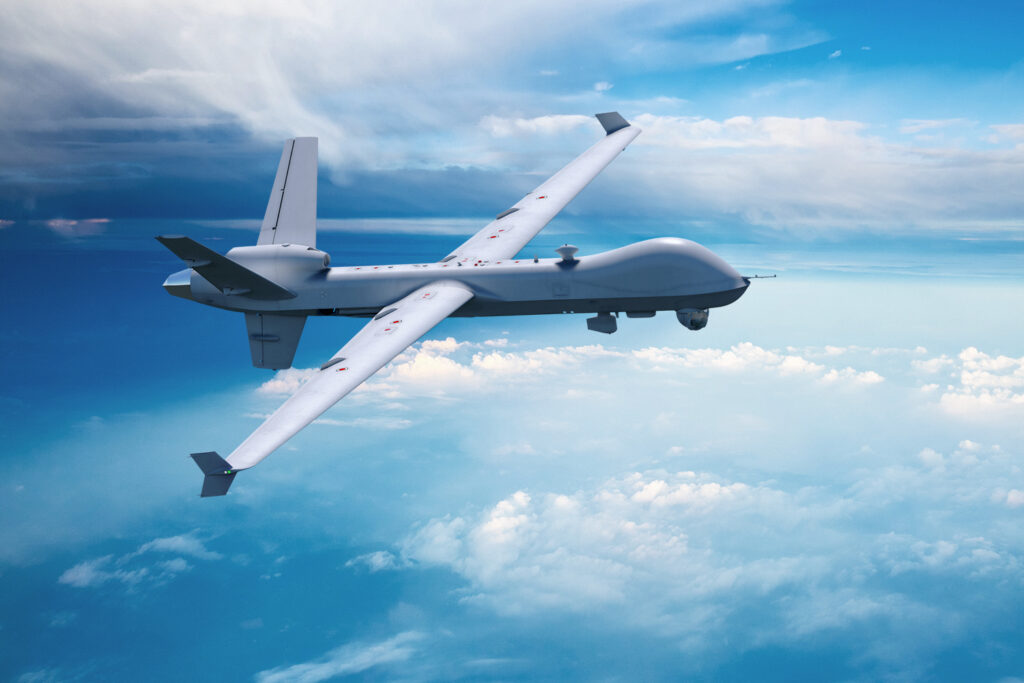
MQ-9 Reaper
WASHINGTON: The Air Force has completed a new intelligence, surveillance and reconnaissance (ISR) strategy mapping investments through 2030, Air Force Chief of Staff Gen. CQ Brown said today.
And the service is preparing now to brief Congress on the plan — which was mandated by the 2021 National Defense Authorization Act, he said during a press conference on the margins of the annual Air Force Association winter meeting.
“The challenge we have in some of this is the classification level for some of the things we’re pursuing. And so, what I’ve been asking the staff to do is to sit down and, one, brief those that have the appropriate security clearance — particular members on the Hill and their staff — on where we are with this,” he said. “At the same time, what we want to be able to do is to actually bring some of the classification levels down, so that we can talk about some of the aspects … in a classified form, and a forum like this, but we’re not quite there yet.”
Brown said that already the Air Force has briefed some members and staff.
Congress has been skeptical of the Air Force’s plans for providing future ISR capabilities.In particular, congressional appropriators nixed the service plans in its 2021 budget request to stop buying General Atomics MQ-9 Reaper drone.
House appropriators were particularly critical of the divestment plan. “The Air Force’s fiscal year 2021 budget request proposes to terminate production of MQ–9 aircraft, citing an excess of aircraft compared to projected operational requirements. The Committee does not accept this proposal and recommends additional funding for 16 MQ–9 aircraft. The Committee is concerned that the Air Force has reached this decision without adequate planning for a follow-on system,” the House Appropriations defense subcommittee (HAC-D) wrote in their report accompanying the draft 2021 DoD spending bill.
In the final 2021 spending bill, the Senate went along with the House provision to fund 16 more Reapers this year to the tune of some $286 million, bumping up total procurement funding to about $344 million.
“I will tell you right now, the MQ-9 is still a very popular platform with the Combatant Commanders,” Brown admitted. “So, it’s not something we can just walk away from.”
At the same time, he said, the Air Force can’t keep a “complete fleet of MQ-9s” into the future, in part because it “won’t necessarily survive in a contested environment. And so I’ve got to make sure I’ve got that kind of capability as well. … So, there’s going to be a balance there as we go forward.”
Former Air Force acquisition czar Will Roper told the House Armed Services Committee last March that the service is currently studying a family of systems, ranging from high-end and expensive drones that would be highly survivable in peer conflicts to low-end, “attritable” aircraft that might be commercially acquired.
Navy jet trainer fleet operations remain paused after engine mishap
One week after the incident, a Navy spokesperson says the service is continuing to assess the fleet’s ability to safely resume flight.



























